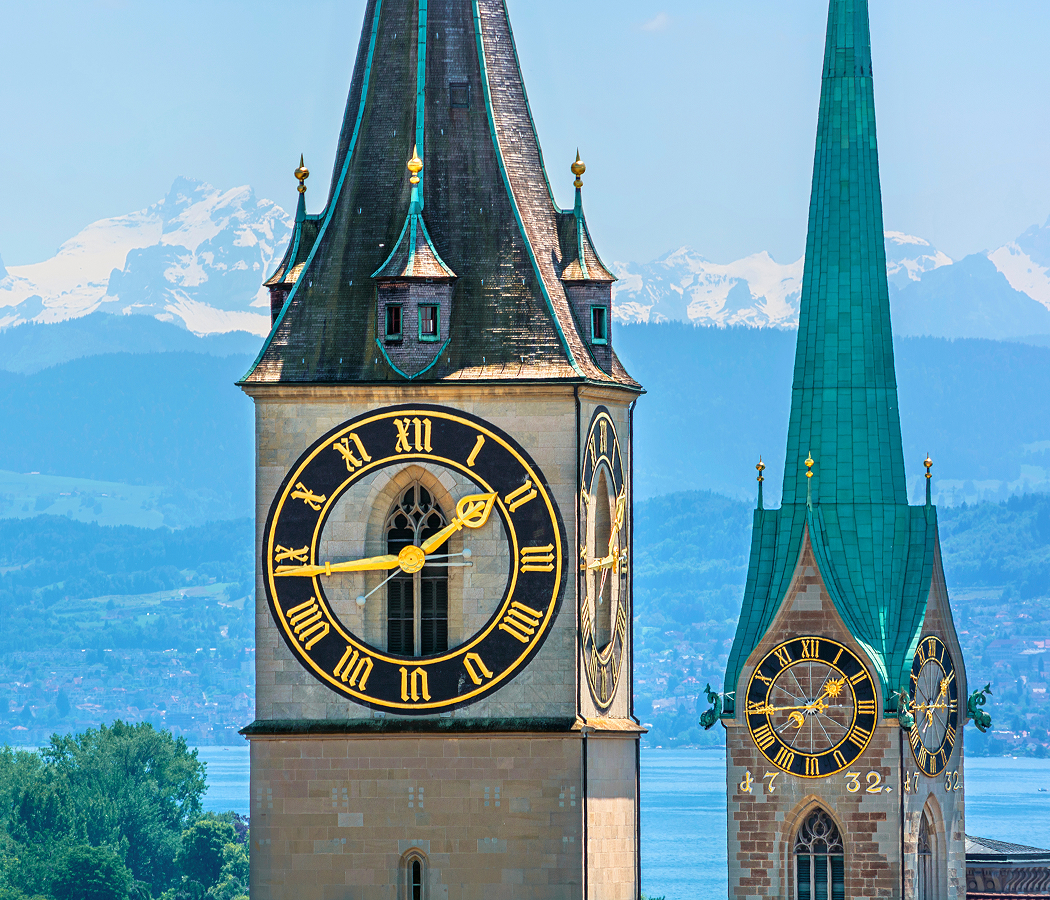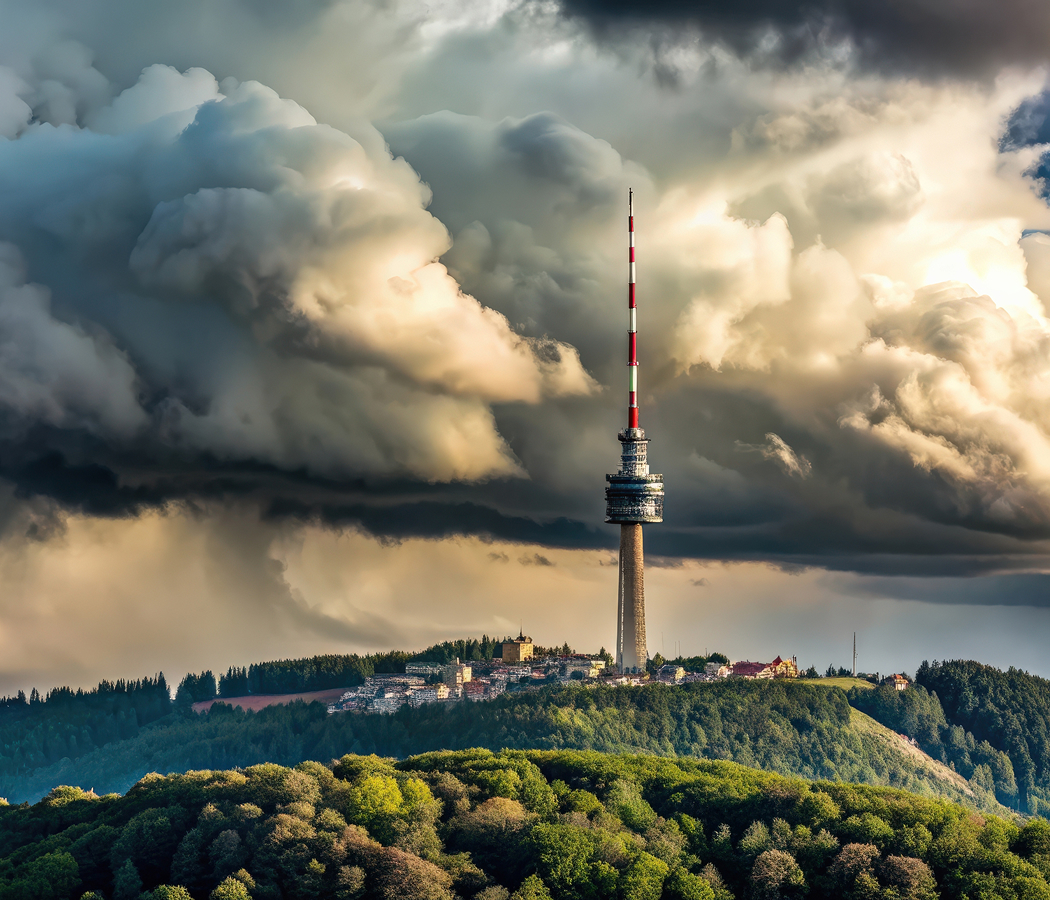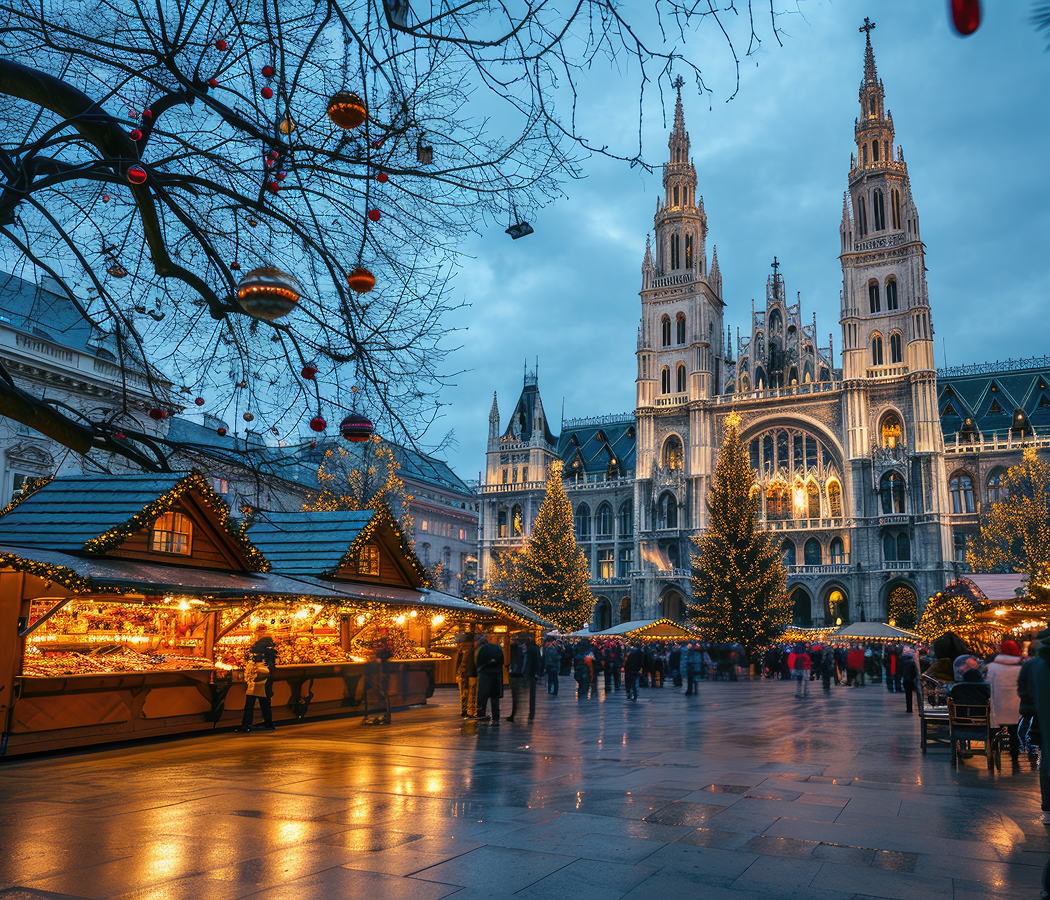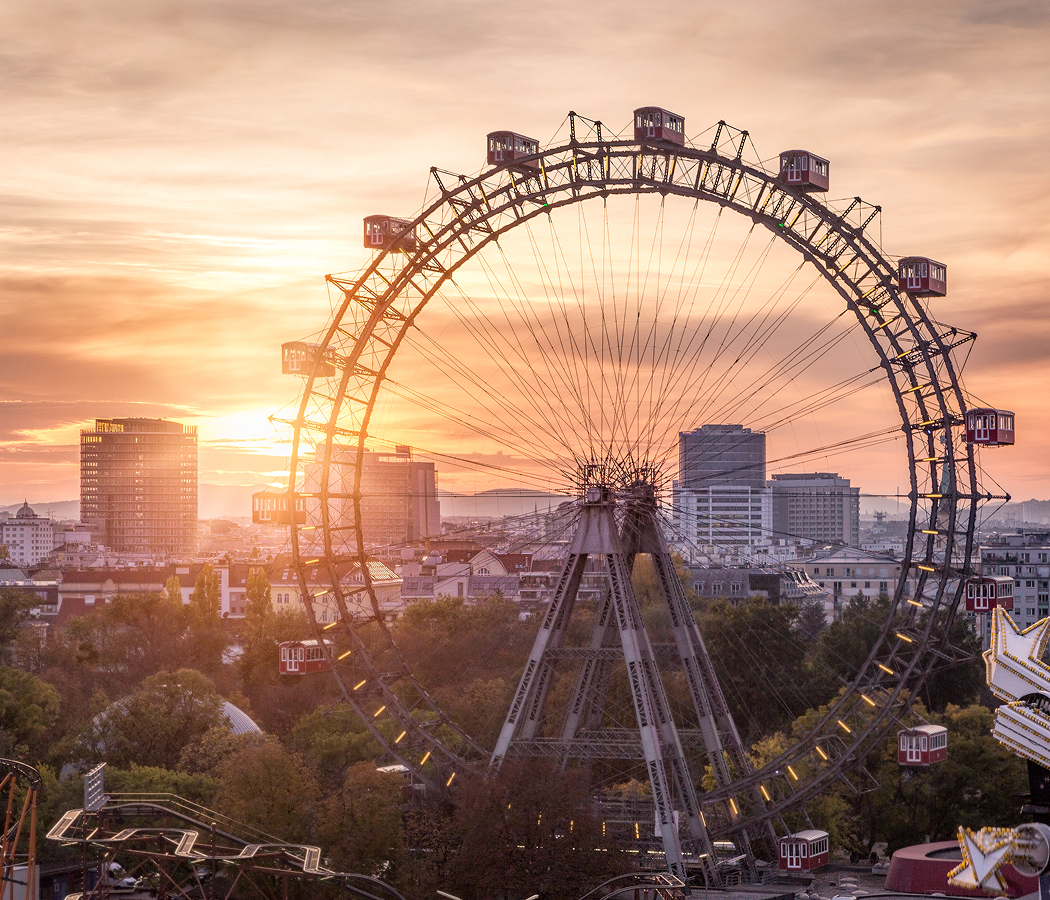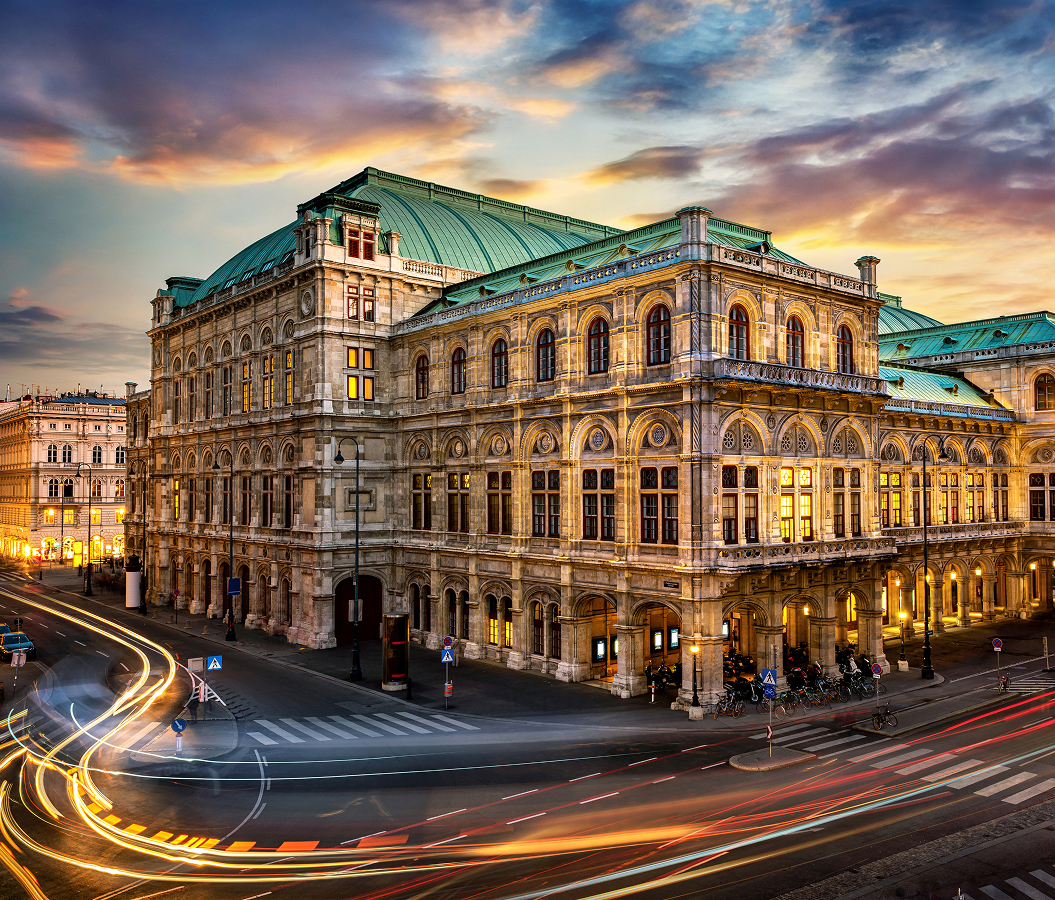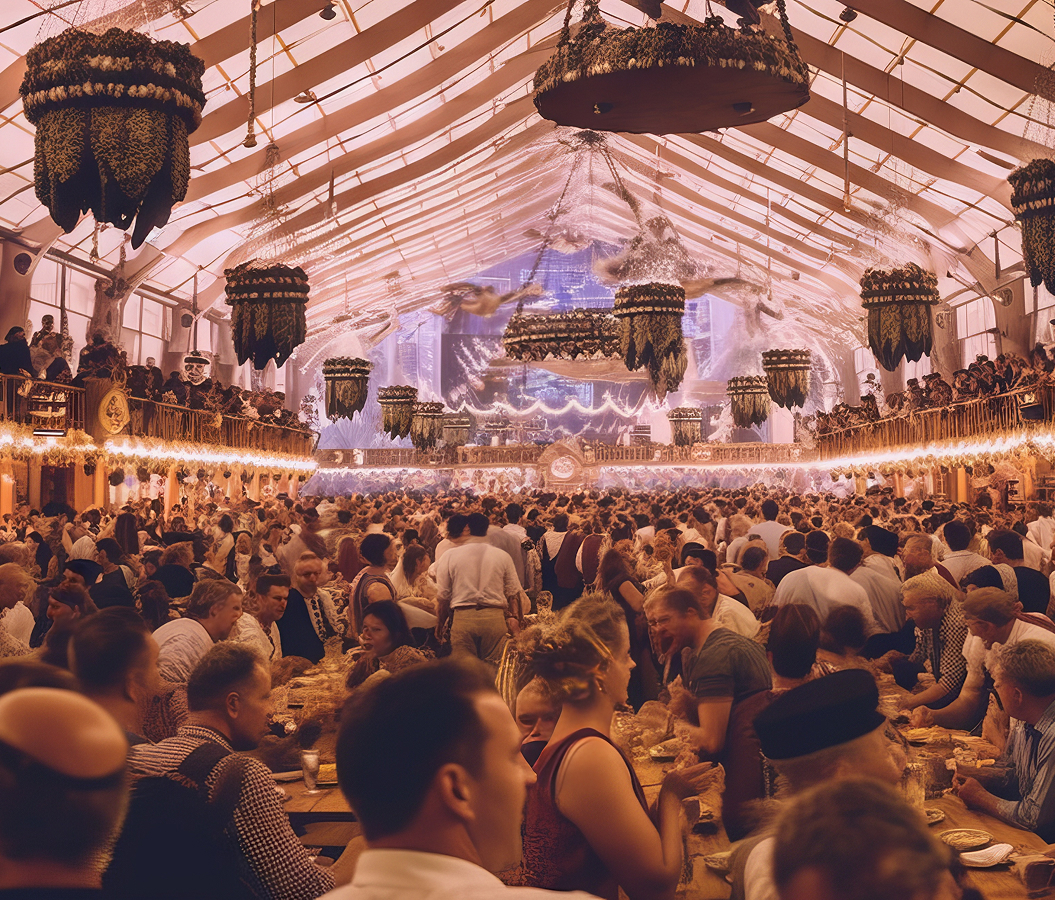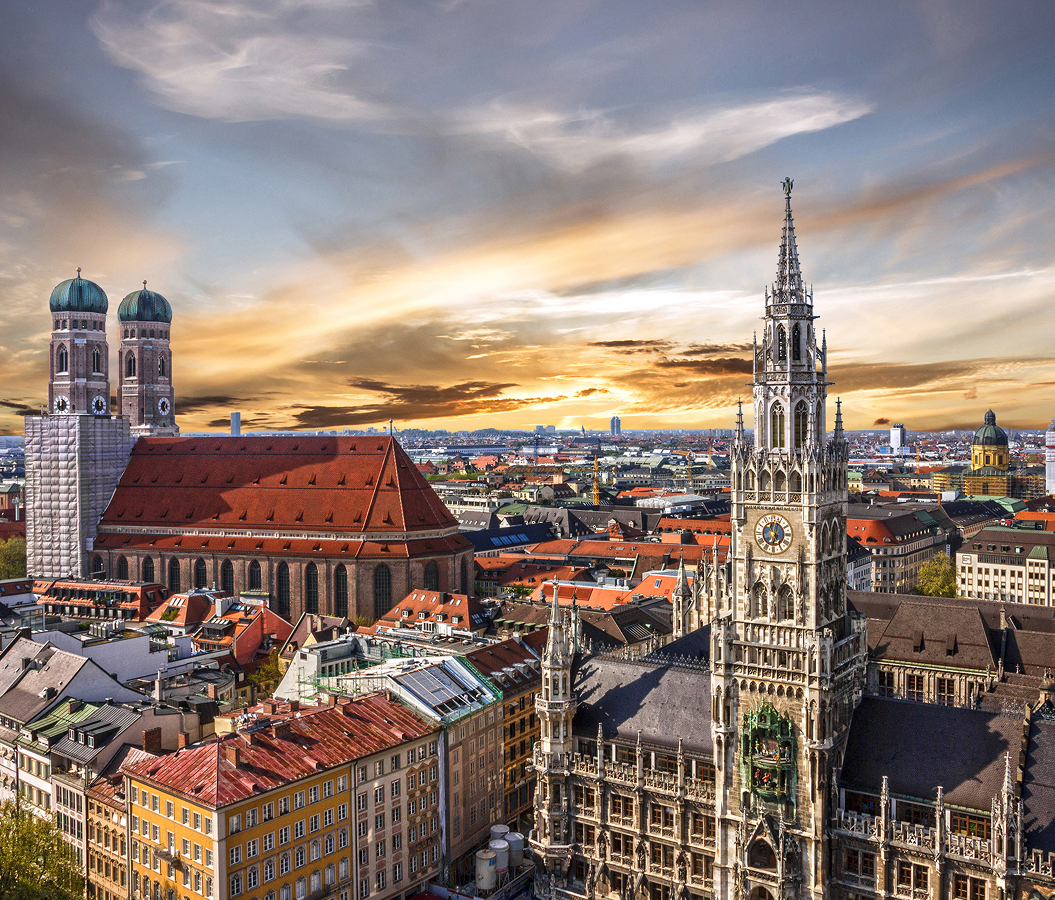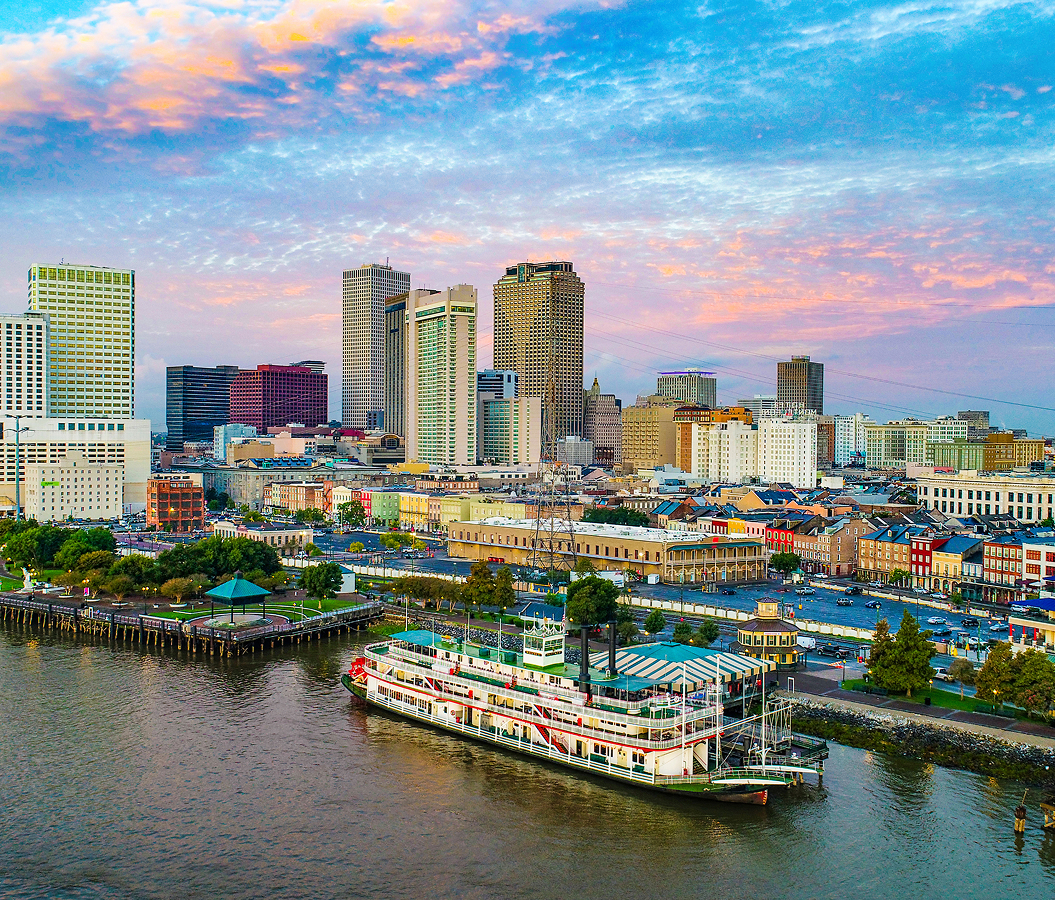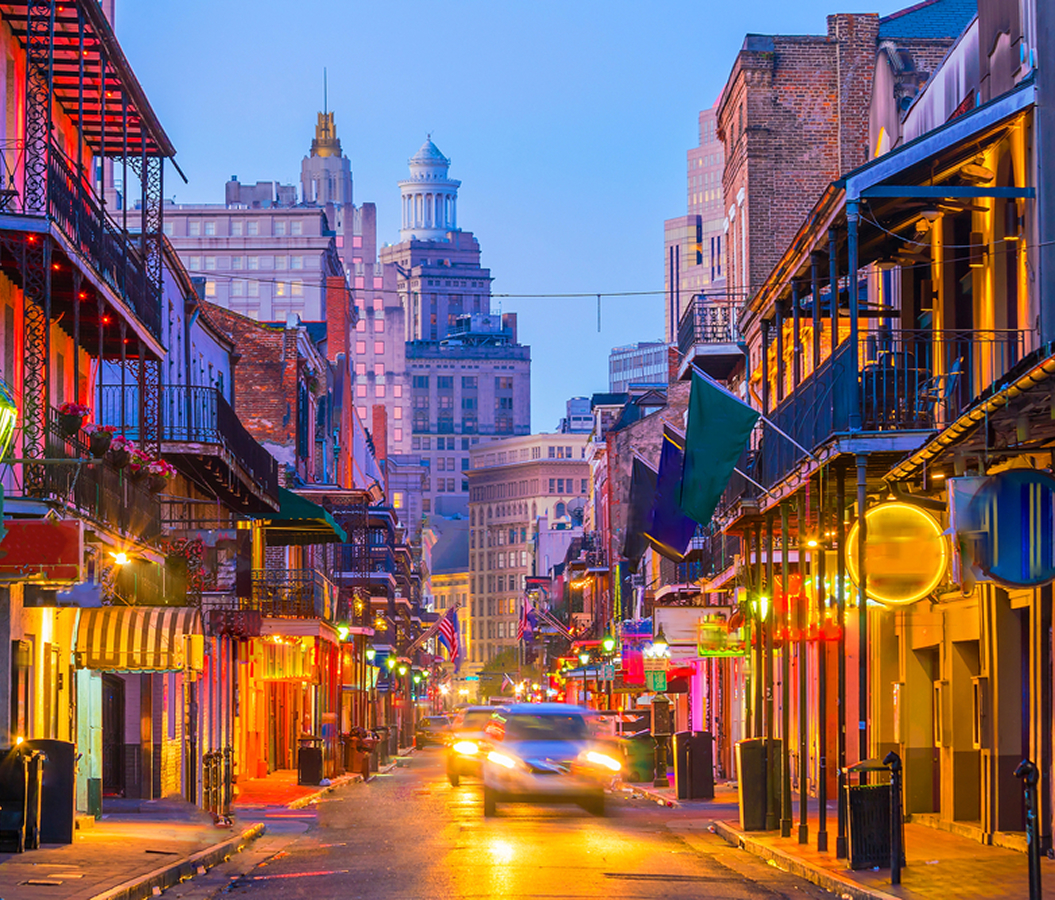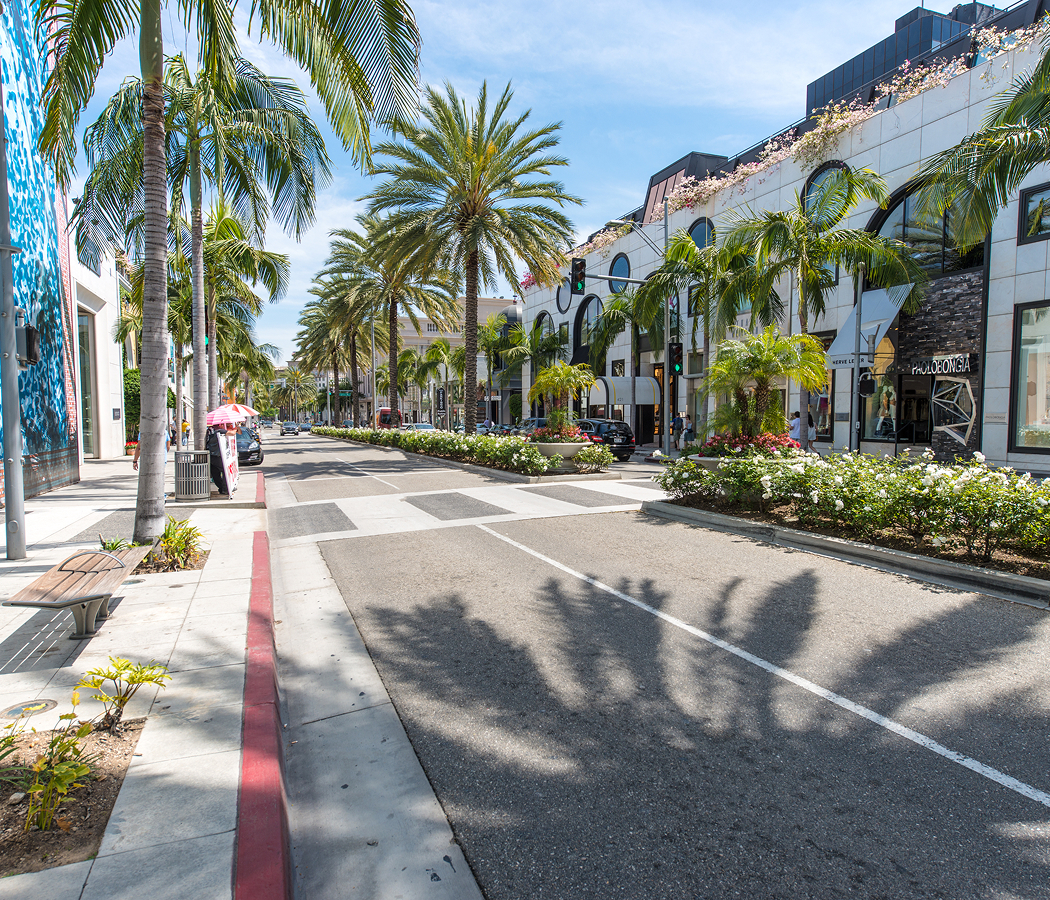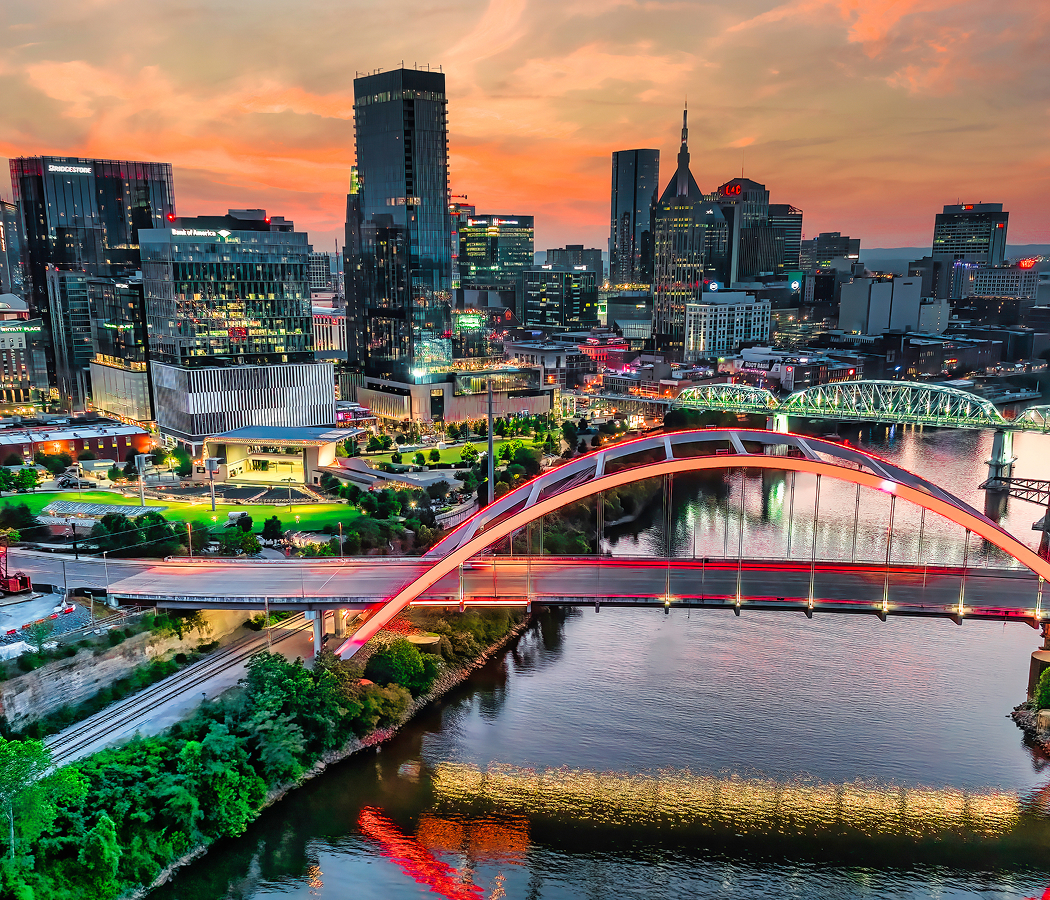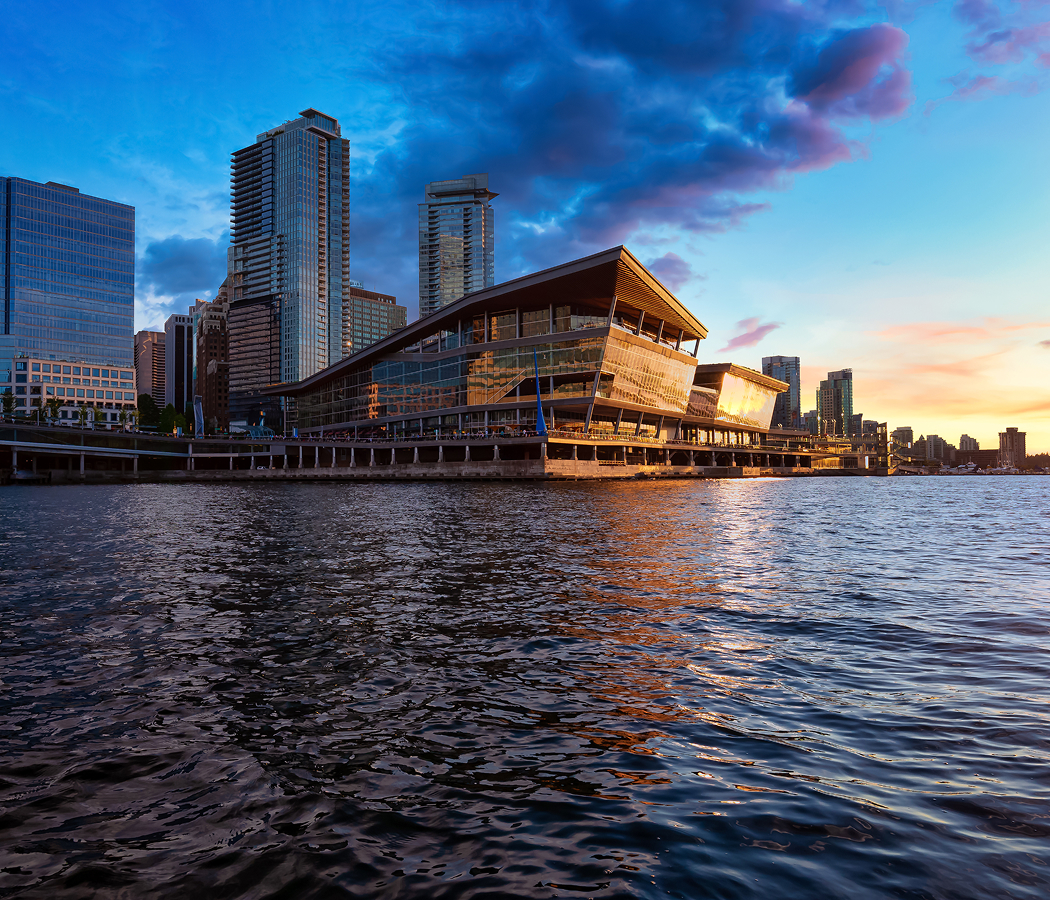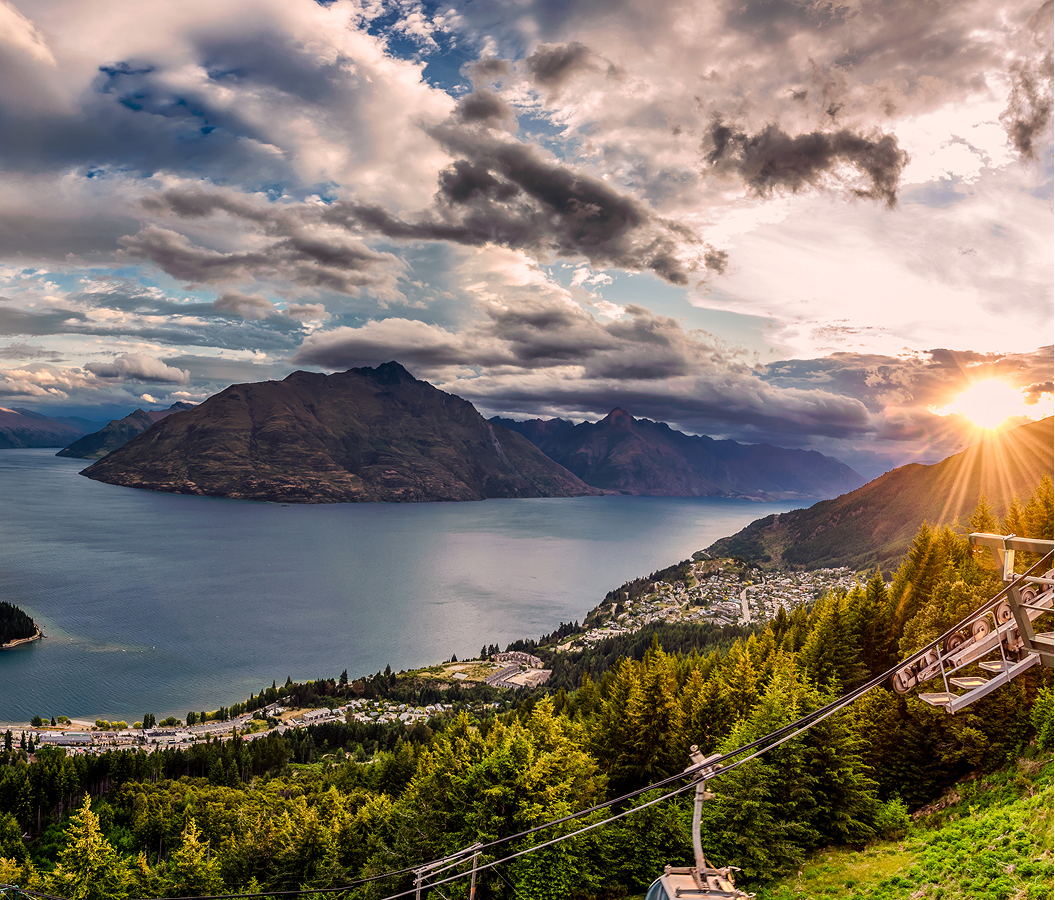
Why you should experience the Memorial to the Murdered Jews of Europe in Berlin.
The Memorial to the Murdered Jews of Europe isn’t a traditional monument, it’s an experience of emotion, absence, and reflection rendered in stone and space.
Set in the heart of Berlin near the Brandenburg Gate, this vast field of 2,711 gray concrete stelae stretches across nearly five acres, a minimalist yet profoundly affecting landscape that defies explanation. From a distance, it seems orderly and precise, but the illusion dissolves as soon as you step inside. The ground slopes unevenly, the stelae rise taller, and the air grows still, sounds of the city fade, replaced by your own heartbeat and footsteps echoing against cold concrete. The further you go, the more disoriented you feel, until all sense of scale, direction, and certainty slips away. The memorial doesn’t guide you; it unsettles you. It demands presence, a quiet reckoning with the void left by six million lives erased. In its simplicity, it achieves what words cannot: an emotional architecture of loss and remembrance that stays long after you leave.
What you didn’t know about the Memorial to the Murdered Jews of Europe.
Behind its restrained design lies a bold philosophical statement about memory, collective guilt, and the limits of representation.
Conceived by architect Peter Eisenman and engineer Buro Happold, the memorial was inaugurated in 2005 after 17 years of debate, not just about aesthetics, but about responsibility. Eisenman deliberately rejected figurative or narrative design, choosing abstraction to avoid offering closure or comfort. Each stela is unique, its height varying subtly to create a shifting sense of instability as visitors move through the grid. The result is both architectural and psychological, an environment that evokes isolation, confusion, and unease, mirroring the emotional and moral collapse of humanity during the Holocaust. Beneath the surface lies the underground Ort der Information (Information Center), where the abstraction above is grounded in human reality: names, letters, diaries, and family stories of Jewish victims drawn from across Europe. It’s a dialogue between silence and voice, emptiness and identity, a reminder that remembrance must remain active, uncomfortable, and alive.
How to fold the Memorial to the Murdered Jews of Europe into your trip.
To truly experience the memorial, approach it not as a tourist site but as a space of meditation, an encounter with absence that must be felt, not analyzed.
Visit early in the morning or near dusk, when the light deepens the shadows between the stelae and the city’s noise softens into background hum. Step into the grid slowly, without haste, and let yourself feel the gradual shift from openness to enclosure, from orientation to disorientation. Don’t rush through, let the structure do what it was meant to do: unsettle, humble, and make you feel the scale of loss. Afterward, descend into the Information Center to read the personal stories preserved below, intimate testaments that turn abstract memory into faces and names. When you emerge, stand at the edge of the memorial and take in its vastness against the Berlin skyline, the weight of history surrounded by the pulse of renewal. The Memorial to the Murdered Jews of Europe doesn’t offer peace; it offers presence, a reminder that remembrance is not about the past alone, but the conscience of the living.
Hear it from the Foresyte community.
Felt more like walking into absence than a monument. It’s not pretty, It’s heavy, but that’s kind of the point.
Where meaningful travel begins.
Start your journey with Foresyte, where the planning is part of the magic.
Discover the experiences that matter most.





